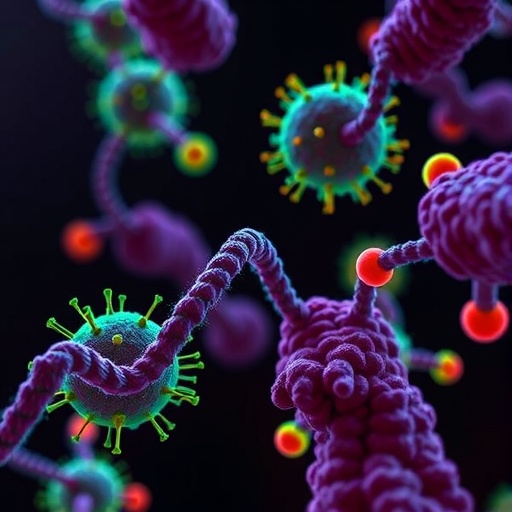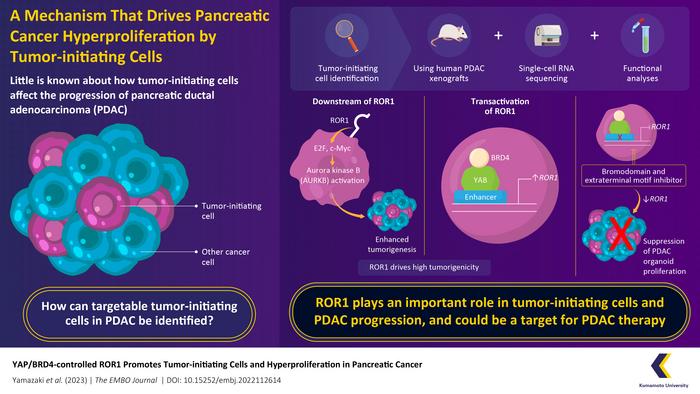
Credit: Dunia Maccagni
Much of the ‘memory’ of the world and all our digital activities are based on media, hard disks, where the information is encoded thanks to magnetism, by orienting the spin of electrons in one direction or the opposite.
An international team of scientists led by the Italian physicist Stefano Bonetti, professor at Ca’ Foscari University of Venice and the Stockholm University, has managed for the first time to observe the ‘nutation’ of these spins in magnetic materials, i.e. the oscillations of their axis during precession. The measured nutation period was of the order of one picosecond: one thousandth of a billionth of a second. The discovery was published by Nature Physics.
The axis of a spin performs nutation and precession, as with any object that revolves, from spinning tops to planets. In this research, physicists observed experimentally that the nutation of the magnetic spin axis is 1000 times faster than precession, a curiously similar ratio to that of Earth.
This new discovery on hitherto unknown physical characteristics of spins is fundamental in research to make digital technologies ever faster, compact and energetically efficient. To manipulate these phenomena at time scales of thousandths of billionths of a second, however, we first need to know their dynamics, including inertial dynamics.
“This is the first direct and experimental evidence of the inertial movements of magnetic spins,” explains Stefano Bonetti, who coordinates an ERC project on ultrafast magnetism, “with implications that affect, for example, data centres that store almost all of humanity’s digital information in bits with the north pole up or down, thus encoding the computer 0s and 1s. When these spins are reversed to write information, precession and nutation also come into play. Knowing the nutation period becomes essential as the rotation speed increases. This first observation of these movements paves the way for new technologies to improve the efficiency of our digital activities, which, among all human activities, are recording the highest increase in energy consumption.”
The experiment
The experiment required collaboration with several European scientific laboratories in Germany (Helmholtz-Zentrum Dresden-Rossendorf, Chemnitz University of Technology, University of Duisburg-Essen, German Aerospace Center (DLR), TU Berlin) France (École Polytechnique) and Italy (Federico II University of Naples and ‘Parthenope’ University of Naples), with the key measurement made in the Helmholtz Research Centre in Dresden-Rossendorf, German. In this centre, the TELBE laboratory is capable of generating the intense terahertz radiation (i.e. the frequency range between microwaves and infrared) necessary for the experiment. The group led by Stefano Bonetti was among the first groups to use this laboratory and helped develop the actual machine.
“The first experiments were challenging,” says the Ca’ Foscari physicist, “but, after a couple of years, the machine was already operating at very high performance. These measurements were made over a year, on three different occasions, to check the reproducibility of this never-before observed effect.”
Stefano Bonetti’s activities are part of a broader context of investment by the Venetian university in scientific research and teaching of the Department of Molecular Sciences and Nanosystems. Starting from this academic year, this department is launching a degree programme in Engineering Physics, coordinated by Bonetti, himself a physics engineer: “Science is always evolving, and who knows what we will be exploring ten years from now, but the idea of the new degree programme is precisely to prepare a new generation of scientists who will be ready for the challenges of the future.”
###
Media Contact
Enrico Costa
[email protected]
Original Source
https:/
Related Journal Article
http://dx.





